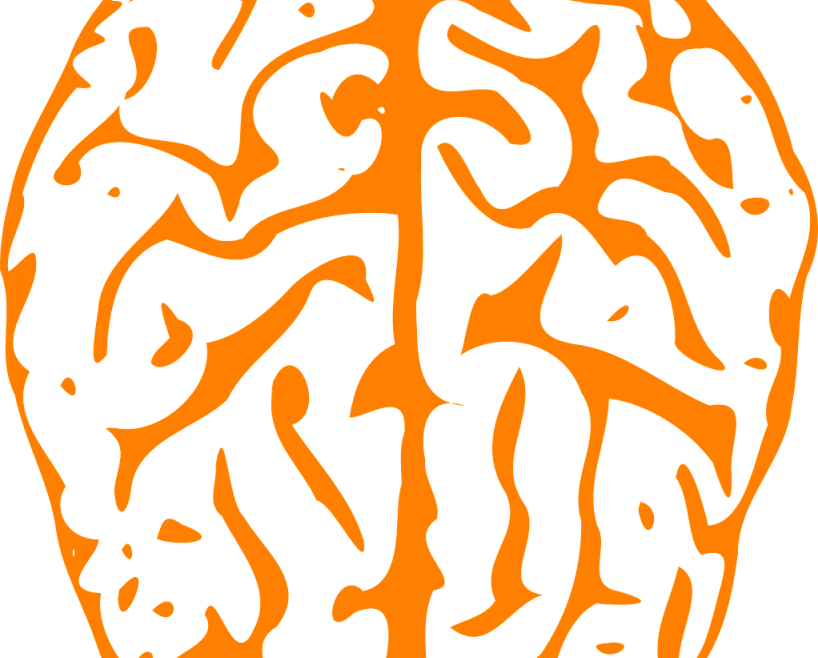Teenagers are a mystery to us all – to parents, to teachers, and probably most of all, to themselves. Even William Shakespeare did not know what to do with them:
‘“I would there were no age between sixteen and three-and-twenty, or that youth would sleep out the rest; for there is nothing in the between but getting wenches with child, wronging the ancientry, stealing, fighting.” (The Winter’s Tale)
Now whilst most teenagers have swapped sword-fighting for smoking and ‘getting wenched’ with getting wasted; 400 years later the sentiment remains the same. So how on earth do we rationalise their irrationality? Here are a few theories to help you understand the teenage brain (or at least start to…)
1) The Method behind the Madness
Cognitive neuroscientist Sarah Jayne-Blakemore argues in her fascinating TED talk ‘The Mysterious Workings of the Teenage Brain’ that typical teenage behaviour – such as heightened risk-taking, poor impulse control, and self-consciousness – should not be stigmatized, because it is simply the result of dramatic neurological development.
Her talk in particular focuses on the prefrontal cortex, the area right at the front of the brain which determines decision-making, planning, appropriate behaviour, social interactions and self-awareness – and it’s no surprise that this area undergoes significant development during adolescence. MRI studies show that there is a marked decline in ‘grey matter’ during this period, which basically means that the matter containing cell bodies and connections between cells diminishes. Whilst this is a really important biological process – it strengthens the synapses that are being used and eliminates the ones that aren’t, and so is effectively fine-tuning the brain tissue – it also explains why teenagers take a different mental approach to making social decisions.
However, rather than viewing it negatively, as a period of unpredictability and instability, Blakemore argues that we should see the malleability and adaptability of the teenage brain as a fantastic opportunity for learning and creativity. This is a particularly interesting thought given that 40% of teenagers worldwide don’t have access to to secondary school education – so perhaps the whole world is in adolescence, given that we still have a long way to go in terms of social development.
2) The Biology behind the Behaviour
Dr. Giedd, a prominent researcher at the National Institute of Health, poses an interesting theory in his paper ‘The Digital Revolution and Adolescent Brain Evolution.’ He asks, ‘Might the availability of technologies that can persistently keep dopamine levels so high raise the threshold for what our brains deem rewarding in terms of relationships, studying, or working towards other long-term goals that may not have immediate reinforcements?’
In summary, dopamine is a hormone and neurotransmitter that helps control the brain’s reward and pleasure centres, and is crucial for balancing out our emotional responses. Yet teenagers are finding it increasingly difficult to balance immediate and long-term rewards, because their brains become so used to short-term dopamine bursts (for instance, from having someone ‘like’ their Facebook photo or getting a response to their text) that they can no longer handle longer-term challenges such as essays or maths sheets.
This may seem exaggerated, but in 2010, US adolescents spent an average of 8.5 hours per day interacting with digital devices, and so such an argument suddenly seems much more credible.
3) The Truth behind the Tiredness
Everybody knows that teenagers struggle to get out of bed in the morning – but their cries of ‘just 5 more minutes’ might actually not be down to laziness but a significant change in their body clock. For example, sleep researcher Mary Carskadon discovered that not only do teenagers need more sleep than they did as children, but that their circadian rhythms appear to be set much later than those of children or adults.
In order to function and remain alert during the day, teenagers need 9 hours of sleep, because most of the hormones that are critical to growth and maturation are released during this time. However, most teenagers average fewer than 7; and this sleep deprivation can have a major negative impact on learning and memory. Carskadon also argues that most teenager’s brains aren’t ready to ‘wake up’ until 8 or 9 in the morning, well past the time when the first bell has rung at most secondary schools – so teens can also miss out on an important phase of REM sleep.
In Monkseaton High School in North Tyneside, school times were shifted from 8.50 to 10.00, which led to an increase in the percentage of students obtaining 5 good GCSEs from about 34% to about 50%. Such results have led to a national trial, tracking nearly 32’000 GCSE pupils in over 100 schools, so we should soon find out whether getting your ZZZs really helps your A’s
Source: MyTutor


Leave a reply